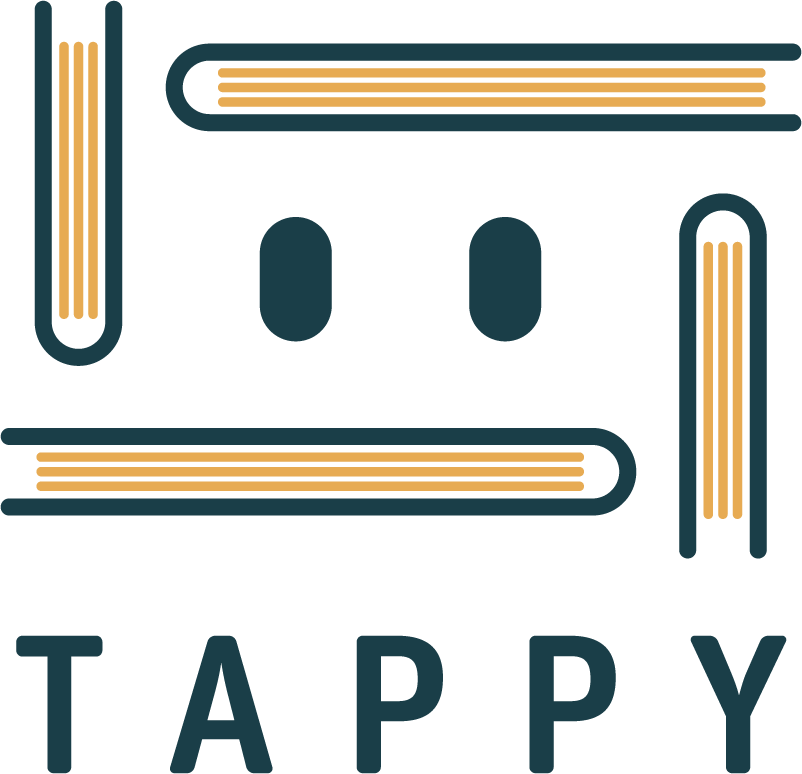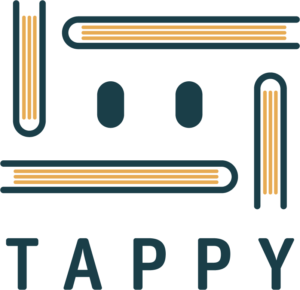A Classroom Scenario: Bridging the Gap
As teachers, we often find ourselves in situations where students struggle to grasp concepts or apply their knowledge effectively. Imagine a science class where students have just learned about the principles of Newton’s Laws of Motion. While they can recite the laws, many find it challenging to connect these abstract ideas to real-world applications.
This disconnect can lead to frustration, disengagement, and a superficial understanding of the material. However, by implementing a “Reflection-in-Practice” strategy, we can bridge this gap and enhance student learning. This approach involves providing immediate feedback and opportunities for students to reflect on their understanding, apply their knowledge, and receive guidance in real-time.
Picture a classroom where students are actively engaged in hands-on experiments, testing the effects of force and motion. As they work, the teacher circulates, observing their actions, asking probing questions, and providing instantaneous feedback. This immediate feedback loop allows students to correct misconceptions, refine their techniques, and deepen their comprehension of the concepts being studied.
Quick Start Guide
Materials Needed:
– Hands-on activities or experiments related to the lesson
– Observation checklist or rubric for providing feedback
– Tappy (a lesson planning and classroom management tool) for organizing activities and tracking student progress
Basic Steps:
1. Plan hands-on activities or experiments aligned with the lesson objectives.
2. Prepare an observation checklist or rubric to guide your feedback.
3. Utilize Tappy to organize the lesson plan, including the activities and assessment criteria.
4. During the lesson, circulate and observe students as they engage in the activities.
5. Provide immediate feedback, ask questions, and guide students through their reflections.
6. Use Tappy to record observations and track student progress in real-time.
Time Requirements: Allocate sufficient time for students to engage in the activities and for you to circulate and provide feedback. This strategy can be incorporated into a single lesson or spread across multiple class periods.
Preparation Tips:
– Ensure that the activities are well-designed and aligned with the learning objectives.
– Familiarize yourself with the observation checklist or rubric to provide targeted feedback.
– Use Tappy to create a detailed lesson plan, including the activities, assessment criteria, and any additional resources or materials needed.
Detailed Implementation
-
Plan Engaging Activities: Design hands-on activities or experiments that allow students to apply the concepts being taught. These activities should challenge students to think critically, problem-solve, and actively engage with the material.
-
Develop an Observation Checklist or Rubric: Create a clear and concise observation checklist or rubric that outlines the key skills, concepts, and behaviors you want to observe and provide feedback on. This will help you stay focused and provide targeted feedback during the lesson.
-
Utilize Tappy for Lesson Planning: Use Tappy to create a detailed lesson plan, including the activities, assessment criteria, and any additional resources or materials needed. Tappy’s intuitive interface makes it easy to organize and share your lesson plan with colleagues or substitute teachers.
-
Introduce the Activity: Clearly explain the activity’s objectives, instructions, and expectations to the class. Encourage students to ask questions and ensure they understand the task at hand.
-
Circulate and Observe: As students engage in the activity, circulate around the classroom, observing their actions, listening to their discussions, and taking note of their progress using your observation checklist or rubric.
-
Provide Immediate Feedback: Offer immediate feedback to students based on your observations. Ask probing questions to encourage reflection and guide them towards a deeper understanding of the concepts being applied.
-
Facilitate Peer Feedback: Encourage students to provide constructive feedback to their peers. This can foster collaboration, critical thinking, and a deeper understanding of the material.
-
Record Observations with Tappy: Utilize Tappy’s classroom management features to record your observations and track student progress in real-time. This data can inform future instructional decisions and provide valuable insights for assessment and reporting.
-
Debrief and Reflect: After the activity, facilitate a class discussion to allow students to share their experiences, insights, and reflections. This can reinforce their understanding and highlight areas for further exploration or clarification.
Common Pitfalls and Solutions:
– Time Management: Providing individual feedback can be time-consuming. Set clear time limits for the activity and prioritize feedback for students who need the most support.
– Student Engagement: Some students may disengage during the activity. Encourage active participation by rotating groups, assigning roles, or incorporating friendly competition.
– Classroom Management: Circulating and providing feedback can be challenging in large classes. Consider breaking the class into smaller groups or enlisting the help of a teaching assistant or co-teacher.
Student Engagement Techniques:
– Incorporate technology, such as interactive simulations or virtual labs, to enhance the hands-on experience.
– Encourage students to document their observations and reflections using digital tools like Tappy’s note-taking features.
– Gamify the activity by introducing friendly competition or awarding points for successful application of concepts.
Tips for Smooth Integration with Tappy:
– Utilize Tappy’s lesson planning features to create detailed activity plans, including instructions, materials, and assessment criteria.
– Use Tappy’s classroom management tools to track student progress, record observations, and provide real-time feedback during the activity.
– Leverage Tappy’s collaboration features to share lesson plans, resources, and student data with colleagues or co-teachers.
Differentiation Strategies
Every classroom is unique, with students possessing diverse learning needs and abilities. To ensure that the “Reflection-in-Practice” strategy is effective for all learners, consider the following differentiation strategies:
Adaptations for Different Learning Levels:
– Provide scaffolded support or additional resources for struggling students, such as visual aids, step-by-step guides, or simplified instructions.
– Challenge advanced learners by introducing more complex tasks, encouraging them to explore extensions or real-world applications of the concepts.
Support for ELL Students:
– Use visuals, diagrams, and hands-on demonstrations to support understanding for English Language Learners (ELLs).
– Encourage ELLs to work in pairs or small groups, allowing them to collaborate and support each other’s understanding.
– Provide key vocabulary and instructions in the student’s native language, if possible, using Tappy’s translation features or other language resources.
Modifications for Special Needs:
– Adapt the activities to accommodate physical or cognitive disabilities, such as providing assistive technology or modifying the materials or instructions.
– Offer alternative means of expression, such as allowing students to demonstrate their understanding through verbal explanations, drawings, or multimedia presentations.
– Utilize Tappy’s accessibility features, such as text-to-speech or adjustable font sizes, to ensure equitable access for all students.
Tappy’s Role in Differentiation:
– Use Tappy’s lesson planning tools to create differentiated versions of the activity, tailored to specific learning needs or levels.
– Leverage Tappy’s data tracking and reporting features to monitor individual student progress and adjust instructional strategies accordingly.
– Utilize Tappy’s collaboration features to share differentiated resources, accommodations, and best practices with colleagues or support staff.
Assessment & Success Indicators
Implementing the “Reflection-in-Practice” strategy not only enhances student learning but also provides valuable opportunities for assessment and monitoring progress. Here are some observable outcomes and assessment methods to consider:
Observable Outcomes:
– Students actively engage in hands-on activities and experiments.
– Students demonstrate the ability to apply concepts and problem-solve in real-time.
– Students reflect on their understanding and seek clarification when needed.
– Students provide constructive feedback to their peers and engage in collaborative learning.
Assessment Methods:
– Utilize the observation checklist or rubric to assess student performance and understanding during the activity.
– Conduct informal assessments through questioning and discussions to gauge student comprehension.
– Evaluate student work products, such as lab reports, diagrams, or multimedia presentations, to assess their ability to apply the concepts learned.
– Use Tappy’s assessment tools to create formative or summative assessments aligned with the lesson objectives.
Student Feedback Strategies:
– Encourage students to self-assess their understanding and identify areas for improvement.
– Facilitate peer feedback opportunities, where students can provide constructive criticism and learn from each other’s perspectives.
– Conduct exit tickets or reflective journaling exercises to gather student feedback on the activity and their learning experience.
– Utilize Tappy’s feedback and communication features to collect student input and share feedback with parents or guardians.
Tappy’s Role in Assessment:
– Use Tappy’s data tracking and reporting features to monitor student progress and inform instructional decisions.
– Leverage Tappy’s assessment tools to create formative or summative assessments aligned with the lesson objectives.
– Utilize Tappy’s feedback and communication features to share student progress and assessment data with parents, guardians, or other stakeholders.
Teacher Tips & Tricks
Implementing the “Reflection-in-Practice” strategy can be a rewarding experience, but it also requires careful planning and classroom management. Here are some tips and tricks to help you make the most of this approach:
Time-Saving Suggestions:
– Prepare observation checklists or rubrics in advance to streamline the feedback process.
– Utilize Tappy’s lesson planning features to create detailed activity plans, saving time and ensuring consistency across multiple classes or sections.
– Enlist the help of a teaching assistant, co-teacher, or parent volunteer to assist with observation and feedback during the activity.
Classroom Management Tips:
– Establish clear expectations and procedures for the activity, including guidelines for movement, collaboration, and seeking assistance.
– Utilize Tappy’s classroom management tools to monitor student behavior and track participation during the activity.
– Incorporate attention-grabbing signals or routines to regain focus and transition between phases of the activity smoothly.
Technology Integration Ideas:
– Incorporate digital simulations, virtual labs, or augmented reality experiences to enhance the hands-on learning experience.
– Encourage students to document their observations and reflections using digital tools like Tappy’s note-taking features or multimedia presentations.
– Leverage Tappy’s collaboration features to share resources, student work, and feedback with colleagues or co-teachers.
Quick Note about Tappy Automation:
Tappy’s automation features can streamline various aspects of the “Reflection-in-Practice” strategy, from lesson planning and activity organization to data tracking and assessment. Explore Tappy’s automation capabilities to save time and enhance the efficiency of your implementation.
Resource Box
Educational Websites:
– ReadWriteThink.org (Literacy resources)
– Oercommons.org (Peer-created materials)
– Edutopia.org (Teaching strategies)
– NCTM.org (Math resources)
– CommonLit.org (Reading materials)
Recommended Books:
– ‘Classroom Instruction That Works’ by Ceri B. Dean et al.
– ‘The First Days of School’ by Harry K. Wong and Rosemary T. Wong
– ‘Teach Like a Champion’ by Doug Lemov
– ‘Make It Stick’ by Peter C. Brown et al.
Remember, implementing the “Reflection-in-Practice” strategy requires patience, flexibility, and a commitment to continuous improvement. By providing immediate feedback and opportunities for reflection, you can foster a deeper understanding of concepts, enhance student engagement, and create a dynamic learning environment where every student can thrive.


Leave a Reply